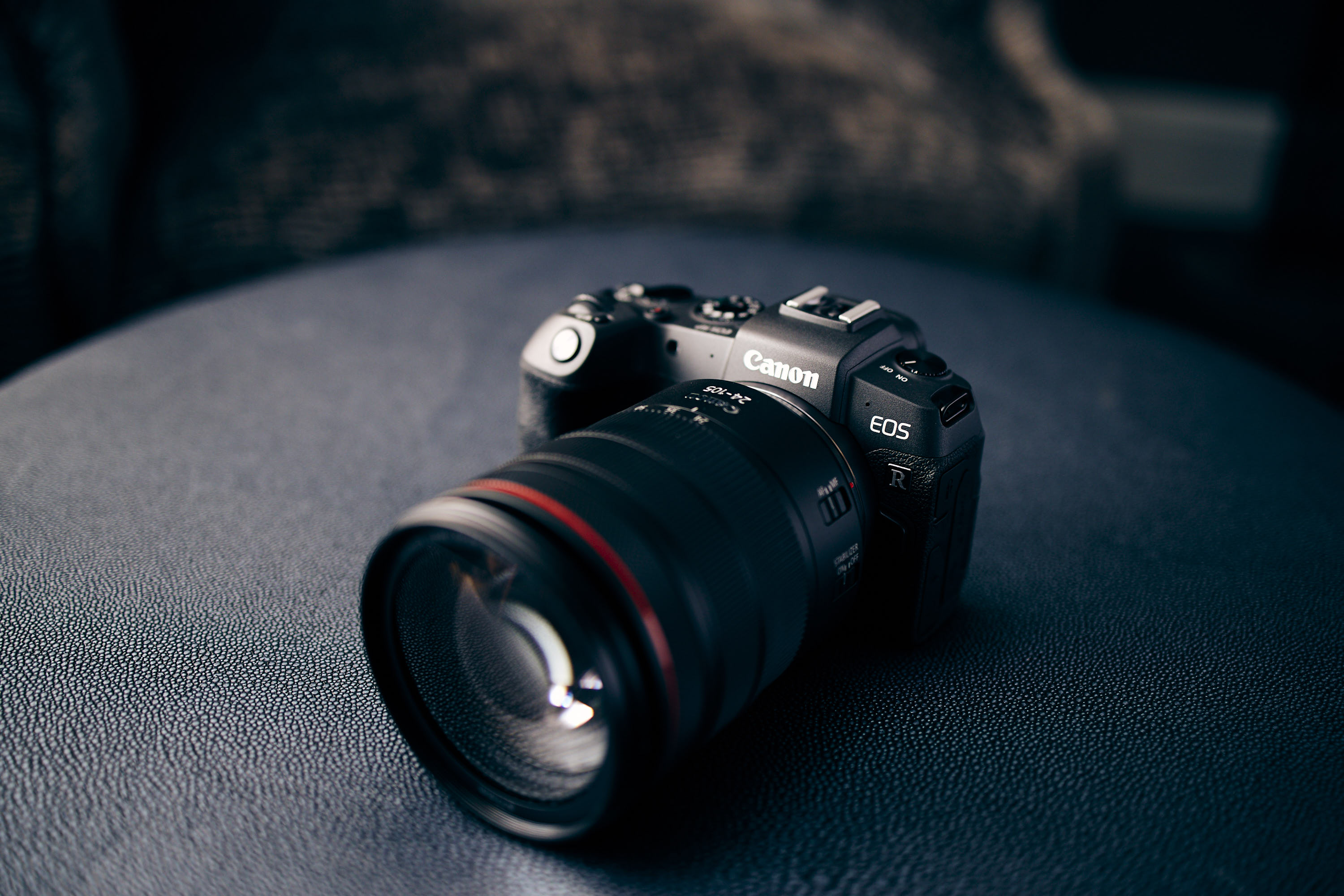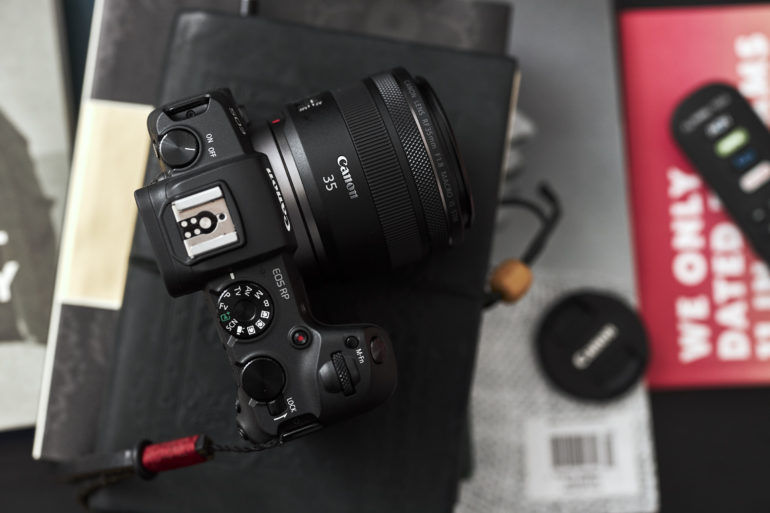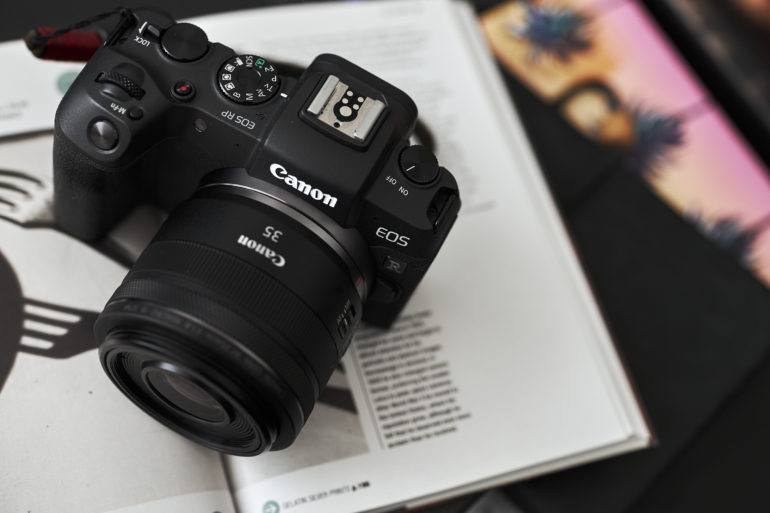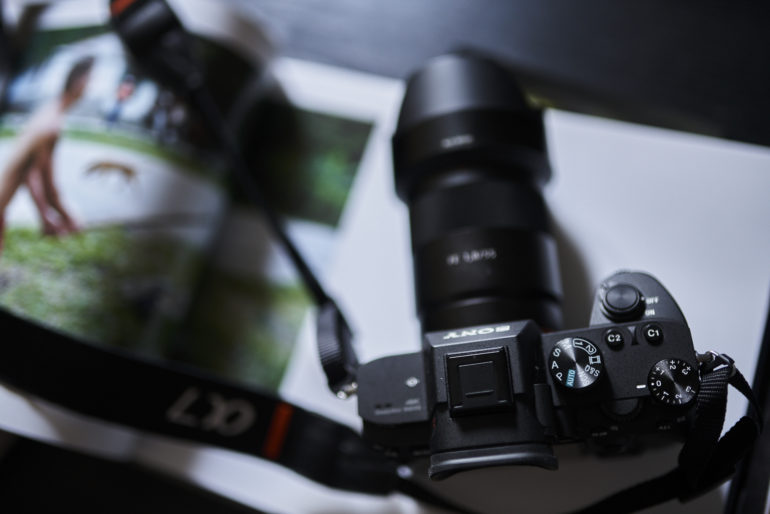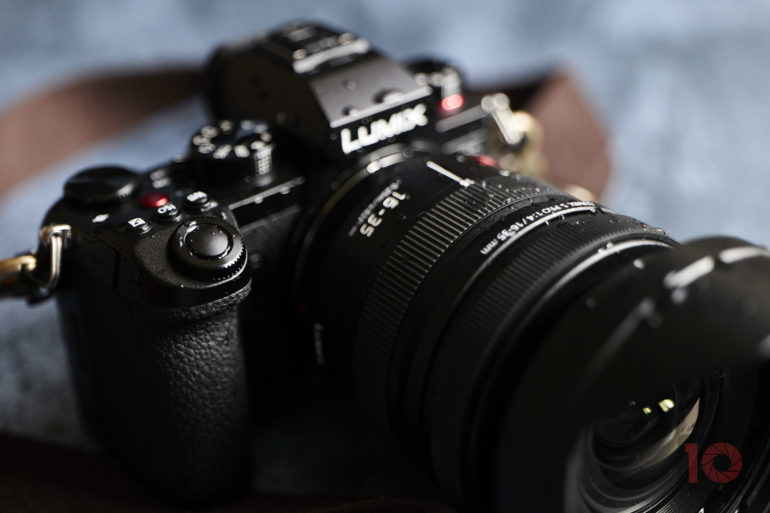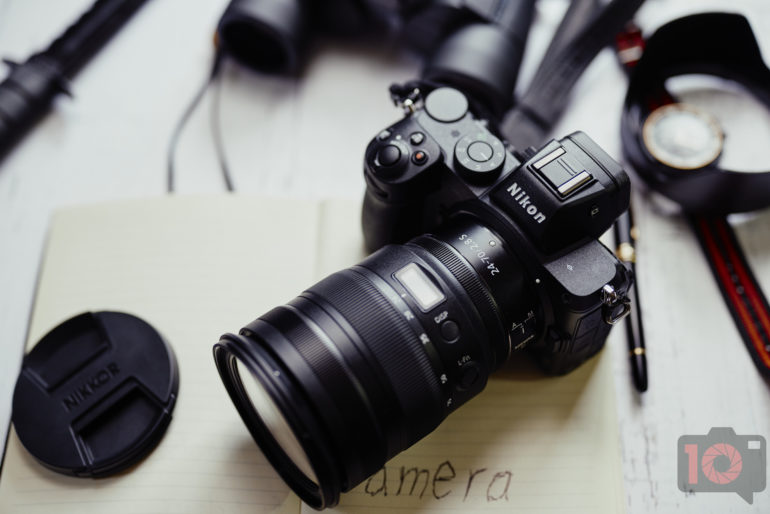For more stories like this, please subscribe to The Phoblographer.
The past few years have shown us several innovations in the camera world. Some of the biggest ones were the face and eye detection features. That went even further with the addition of artificial intelligence. But perhaps best of all is that full-frame cameras got smaller and better. So, if you’re a passionate photographer looking to possibly upgrade beyond your phone, consider these cameras. Best of all, we’ve reviewed all of these and more. Here are the best cameras to upgrade to
The Phoblographer’s various product round-up features are done in-house. Our philosophy is simple: you wouldn’t get a Wagyu beef steak review from a lifelong vegetarian. And you wouldn’t get photography advice from someone who doesn’t touch the product. We only recommend gear that we’ve fully reviewed. If you’re wondering why your favorite product didn’t make the cut, there’s a chance it’s on another list. If we haven’t reviewed it, we won’t recommend it. This method keeps our lists packed with industry-leading knowledge. Some of our stories include affiliate links. If you buy something through one of these links, we may earn an affiliate commission.
Table of Contents
Pro Tips on Upgrading a Camera
Here are some pro tips on upgrading your camera:
- Lots of folks haven’t upgraded their cameras in years. Some of the stand out features are boosts to image stabilization, high ISO output, major autofocus enhancements, and more.
- We’re recommending all entry level full-frame options of the best cameras in this list. That’s not to say that APS-C isn’t there. But if you’re going to choose anything, the obvious choice is Fujifilm.
- Weather resistance is incredibly important. All the best cameras have some degree of it.
- Mirrorless cameras through and through are miles ahead of DSLRs these days. That goes even for the most affordable mirrorless cameras. It’s night and day, truly.
- The joke among photographers is that P-mode is for professional. But it’s actually a form of automatic mode. Basically, you can tell the camera to go brighter or darker as you need.
Canon EOS RP
In our review, we state:
If you’re stepping up to the Canon EOS RP, then it should be simple enough. In one instance, I handed it to a friend who took a ton of selfies with it while shooting in auto mode. During my quiet judgement of him, I was able to see just how simple it was for him to just take photos. I used to encounter folks like this when I was at B&H Photo. They’re the type who back then just wanted the blurry background. These days, they just want the cameras to do everything for them. As sad as human existence has become with us becoming the machines we use, this is all possible with the Canon EOS RP. Though at the same time, the camera can be used relatively easily by someone with more experience.
Sony a7 III
In our review, we state:
I genuinely think the Sony A7 III is a fantastic camera. Sony describes it as their “basic” option. For that, I understand the mentality. But for the professional photographer, I think the Sony A7 III has no real place in your bag. Instead, go for the Sony a7r III or the Sony a9. The Sony A7 III has great image quality, autofocus, decent build quality (with reservations), and is reliable. It’s not at all a bad camera. But I feel like it’s time for the Sony A7 series to evolve. I think a 36MP sensor would have made more sense in the same way that I believe that the Sony a7s III should be 16MP. This is a camera for the entry level photographer that wants a full frame option. You’d use it for leisure and maybe a bit of semi-professional work. But for specialized work, I think you should look at the other options out there.
Panasonic S5
In our review, we state:
“…their camera is very simple to use. The Panasonic S5 has everything a photographer would want, like a joystick, all the necessary buttons, etc. The only problem I had was sending a bunch of files to my phone through the Panasonic app. Again though, there isn’t much to complain about otherwise. That’s important for anyone considering the system. If you’re stepping up from Micro Four Thirds, then you’re really getting a treat with an even better camera and the same interface you’ve worked with for a long time.”
Nikon Z5
In our review, we state:
If you’ve used Nikon cameras for a while, all this is going to be familiar to you. But the menu interface is still as straightforward as ever. Nikon makes most things involving muscle memory and button-dial combinations easy on this camera too. The Nikon Z5 isn’t targeted at the highest end of photographers. But you surely do need the experience to make the most of this camera. However, it’s also one you can grow with since there’s an Auto function.


